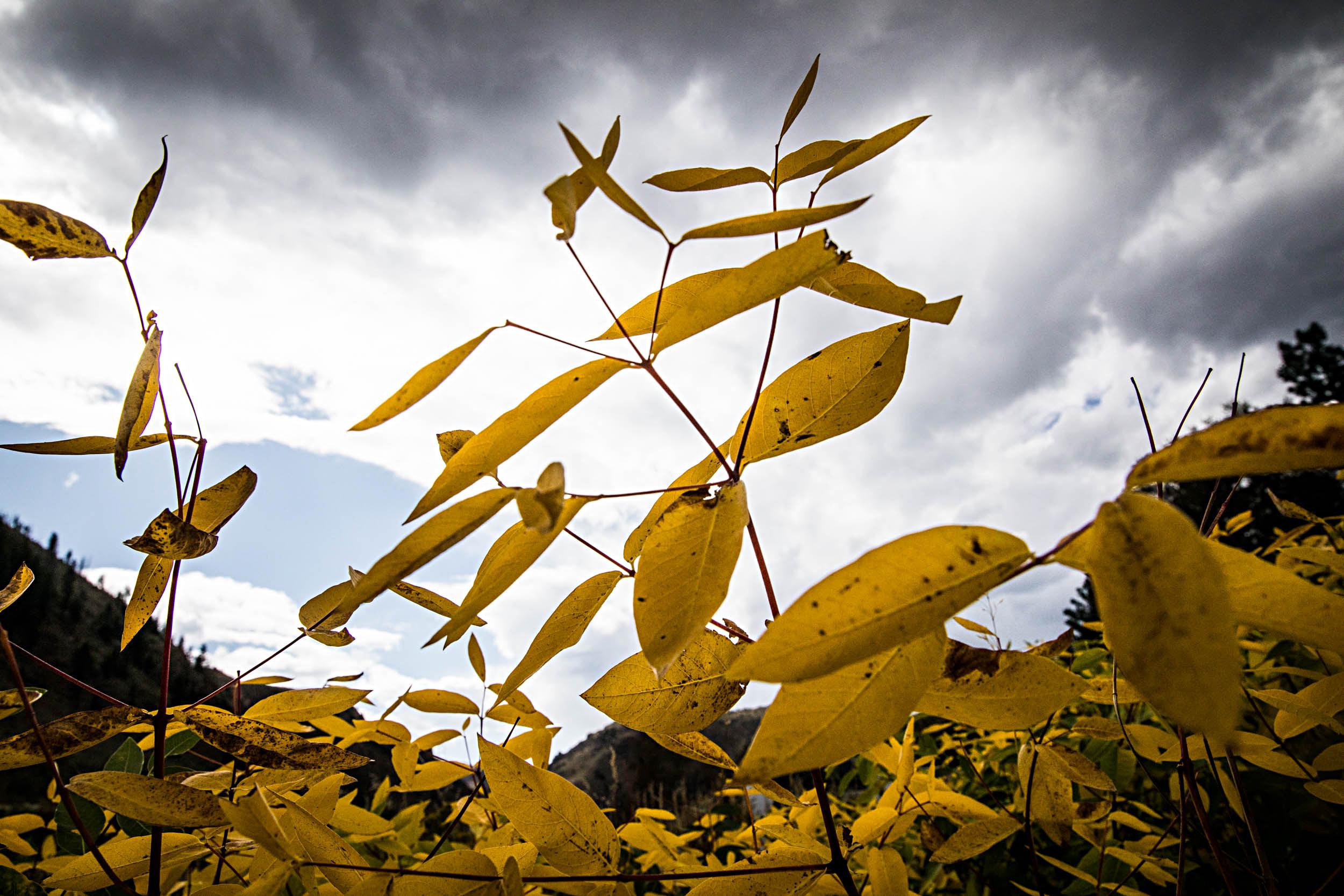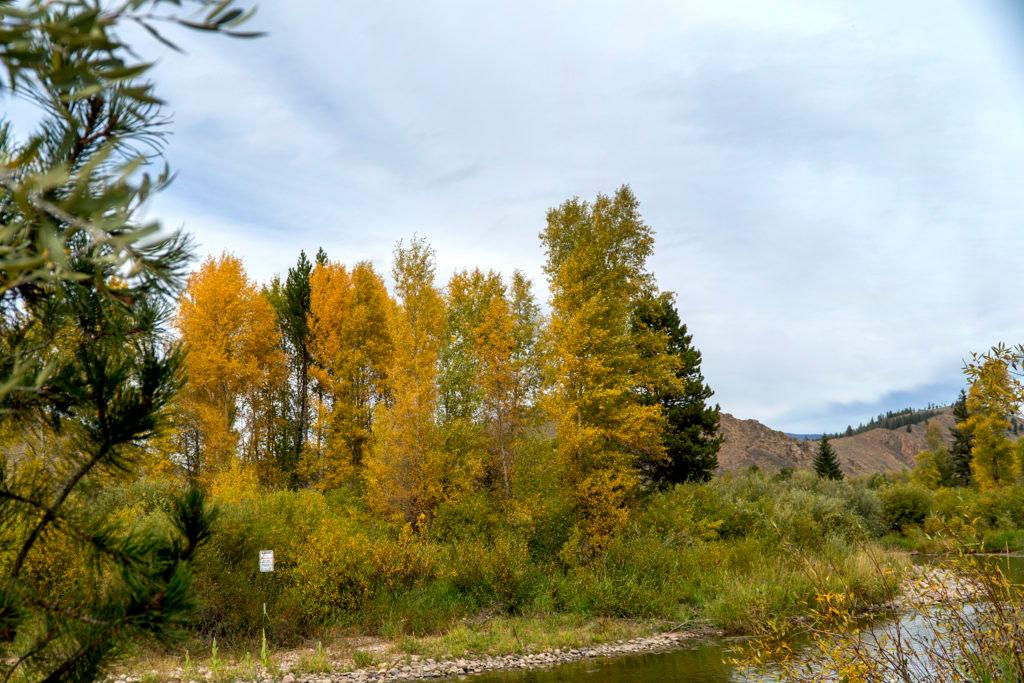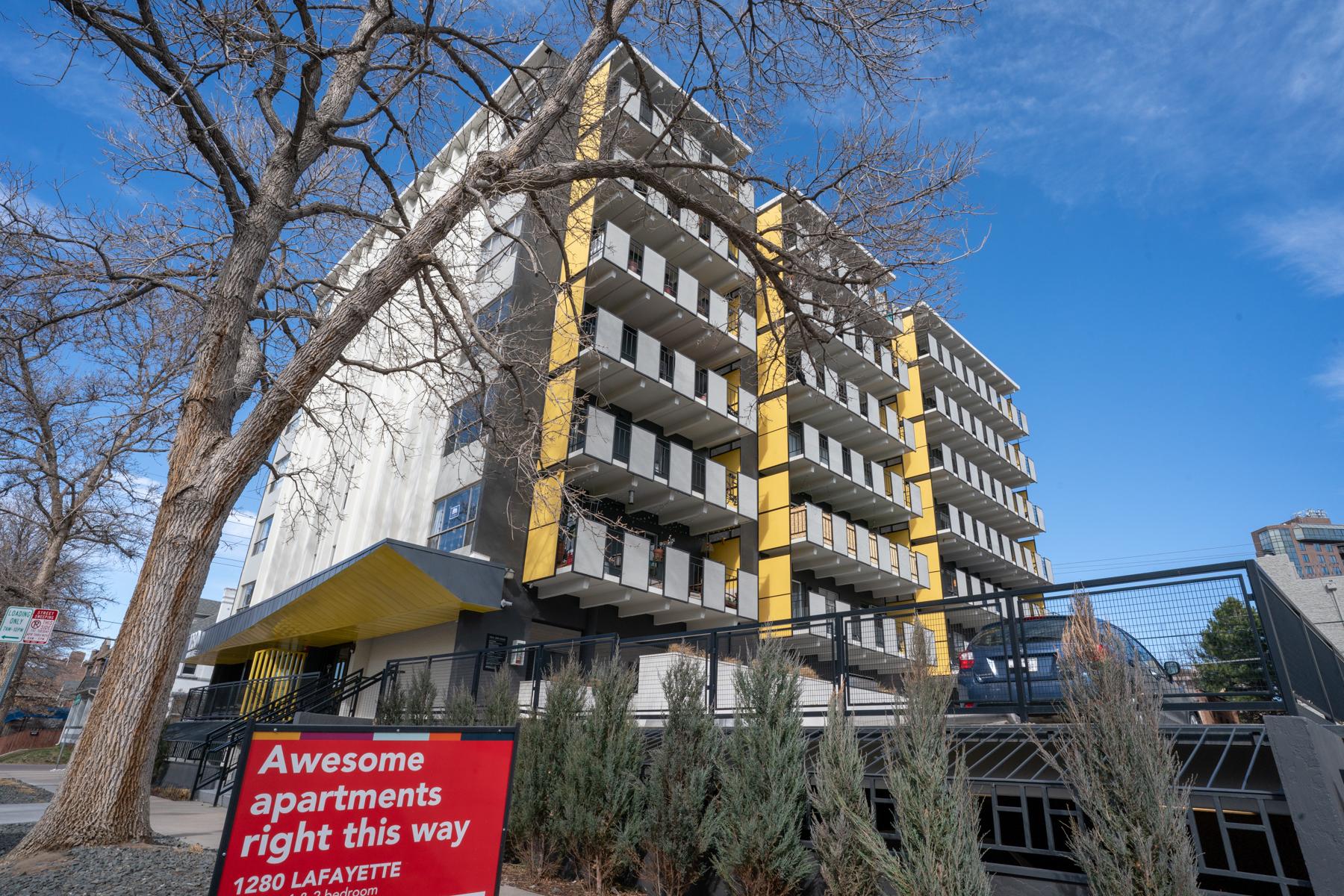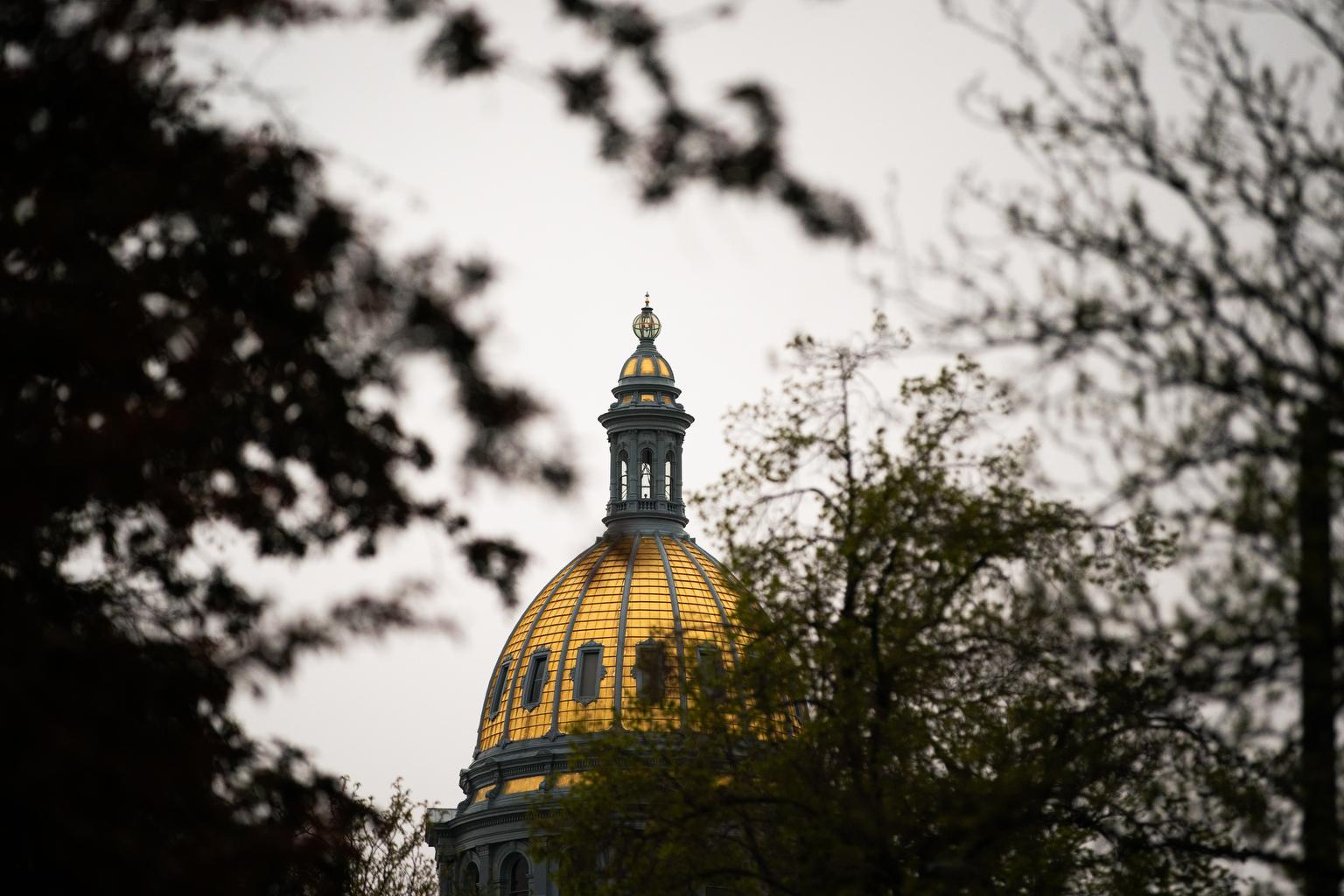
The days are getting shorter, the evenings cooler and if you’re anything like me, you’re ready to throw on a flannel or fleece, take a weekend drive and see the beauty mother nature is serving up on her trees.
Autumn is finally here — sort of. The recent record warm weather has rudely held fall at bay. Sorry to disappoint, but prime leaf-changing season is a little behind schedule.
“We've pretty much seen a delay, some places one week, some places, two weeks,” said Dan West, a Colorado State Forest Service entomologist. “And we're still waiting to see what happens in the central and lower third of the state, how that's all gonna play out.”
It’s a good excuse to dig into an age-old Colorado Wonders question. Is it the drop in temperature or the reduced amount of sunlight in the fall that triggers the leaves to change color in the mountains? Are you ready for this?
It’s All Of The Above, Plus Some Chlorophyll!
West said day length first triggers the change. From there, “it's all about cold temperatures or cooler temperatures, not freezing temperatures, but we really need those sunny days to burn off the chlorophylls.”

The yellow and orange colors are in the leaves all season long but are masked by chlorophyll’s green. Once the leaves put down their abscission layer — West said it’s a fancy term for “saying that the leaf becomes separated from the branch” — the chlorophyll is no longer replenished. That’s why the leaves go from bright summertime greens to golds and reds in the fall.
The sugars that get trapped in the leaves produce a pigment called anthocyanins, which West said are “the reds and the purples” we see.
The best fall foliage conditions are a combination of abundant sunshine, which helps get rid of the chlorophyll, and cool night air, which produces brilliant reds and purples.
Predicting Peak Viewing Is ‘Not An Exact Science’
Because temperatures and precipitation change each year, a stand of Aspens, for example, can look different from year to year. Elevation and latitude also impact the timing of peak color changing.
Aspens higher in elevation and further north in the state will experience peak color sooner than those located lower in elevation and further south.
West said he thinks of the state in thirds — the northern, central and southern.
On average, leaves in the northern third change between mid to late September. The central portion of the state will typically see leaves change between late September and the beginning of October. Leaves in southern Colorado usually turn at the very end of September and into the first two weeks of October.
Where Are All The Pretty Leaves At?
“Near peak” conditions are expected in the northwest portion of the state in the last weekend of September. Much of Colorado will see fall colors between Oct. 5 and 19, with the eastern part of the state seeing trees peak Oct. 26.
The map below has a few suggestions to see the pretty leaves, but West said once peak season arrives, you’ll likely not be disappointed no matter where you go.
“I think we're sitting really good to have a great show this year provided that the weather holds off,” he said. “We need those cool nights to really show up and we need those sunny days to burn off the chlorophyll. And if we continue to get that, I think we're going to have a brilliant show this year.”
Where are the best spots? Have a suggestion? Tweet us at @CPRNews or send us a message on Facebook.









